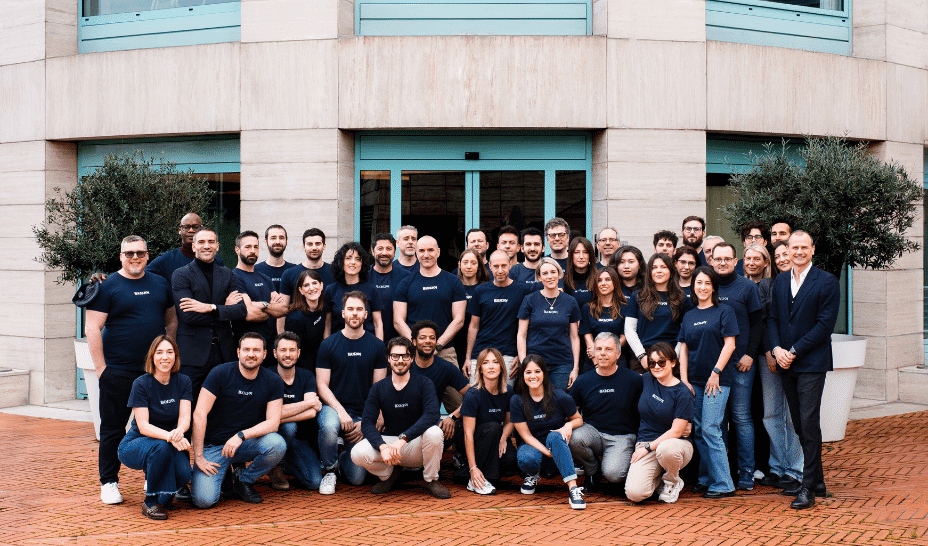nextjs turborepo
nextjs turborepo Next.js has garnered significant attention in the web development community, particularly for its capabilities to build scalable and high-performance applications. But before diving into the specifics of Next.js and its integration with Turborepo, it's essential to establish a foundational understanding of what Next.js is, how it fits into the ecosystem of frameworks and libraries, and the advantages it brings to developers. What is Next.js? Next.js is an open-source React framework developed by Vercel that enables developers to create server-rendered React applications effortlessly. Utilizing features like static site generation (SSG) and server-side rendering (SSR), Next.js optimizes the performance of web applications and enhances search engine optimization. This unique approach empowers developers to build applications that load faster and provide a better user experience. Frameworks vs. Libraries To comprehend the significance of Next.js, it's vital to differentiate between frameworks and libraries. A library is a collection of pre-written code that developers can call upon to perform specific tasks, such as manipulating the DOM or making API requests. Libraries offer flexibility and control, allowing developers to choose when and how to use them. On the other hand, a framework, like Next.js, provides a more structured approach to development. It dictates the architecture and workflow of an application while offering built-in solutions for common challenges. Frameworks often come with conventions and best practices that streamline the development process and accelerate productivity. In this context, Next.js is a framework that builds upon the React library, enhancing its capabilities and addressing many of the common complexities associated with building modern web applications. If you're eager to dive deeper into the world of Next.js or explore AI tools to enhance your coding skills, consider joining my blog for more insights. Additionally, services like gpteach are excellent resources for learning how to code with the latest technologies. Next.js and Turborepo Turborepo is a high-performance build system for JavaScript and TypeScript codebases, particularly well-suited for monorepos. The monorepo architecture allows developers to maintain multiple packages within a single repository, streamlining dependency management and versioning. With Turborepo's caching features and efficient build processes, teams can boost productivity by reducing the time spent waiting for builds and optimizing workflows. Integrating Next.js with Turborepo allows developers to leverage the best of both worlds. Developers can maintain multiple Next.js applications or shared libraries within a single repository while benefiting from the performance optimizations offered by Turborepo. This setup significantly reduces the complexity of managing dependencies, enables efficient testing, and simplifies deployments. Key Features to Consider with Next.js and Turborepo App Folder Approach: Next.js introduced the app directory structure that empowers developers to organize their codebase logically. The app folder contains essential files like page.tsx for routing, layout.tsx for consistent layouts across pages, and route.ts for server-side functionality. This new structure promotes better organization and improves collaboration in larger teams. API Management: Next.js provides built-in API routes that enable developers to create serverless functions directly alongside their frontend code. These functions allow seamless interaction with databases, external APIs, or any backend services without the need for a separate server setup. Optimized Performance: Next.js employs automatic code splitting, image optimization, and various performance enhancements that ensure applications are responsive and fast. With Turborepo's build caching, these optimizations are further complemented, allowing for quick development iterations. Seamless Integration with React Ecosystem: Since Next.js is built on top of React, developers can utilize the vast ecosystem of React libraries and tools, enhancing their applications' functionality and efficiency. Incremental Static Regeneration (ISR): This feature allows developers to update static pages after the site has already been built, providing the opportunity to grow and iterate on content dynamically without sacrificing performance. In conclusion, Next.js paired with Turborepo offers a powerful solution for modern web application development. By leveraging their combined strengths, developers can create scalable, high-performing applications while enjoying streamlined workflow processes in monorepo setups. Whether you're building a small personal project or a large-scale enterprise application, this combination will empower you to deliver exceptional user experiences. Don’t forget to follow my blog for more insights into Next.js, and consider using gpteach to elevate you
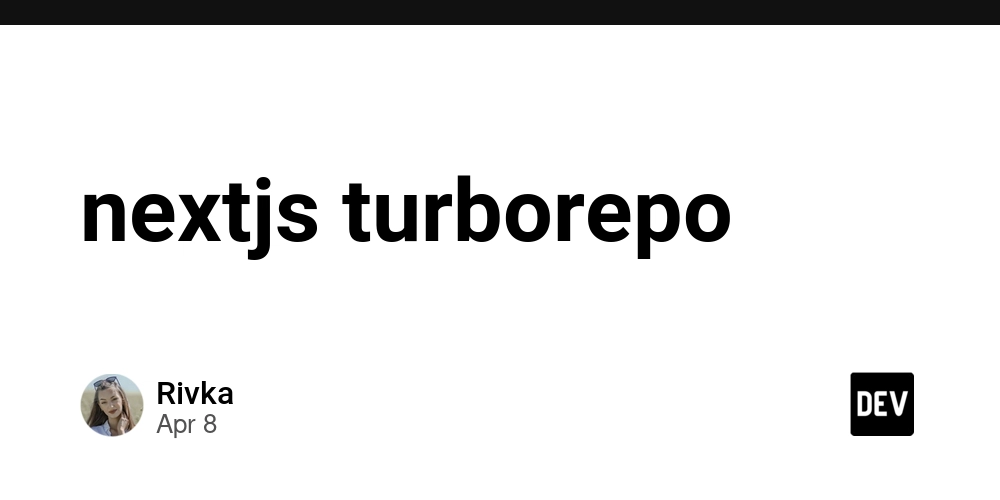
nextjs turborepo
Next.js has garnered significant attention in the web development community, particularly for its capabilities to build scalable and high-performance applications. But before diving into the specifics of Next.js and its integration with Turborepo, it's essential to establish a foundational understanding of what Next.js is, how it fits into the ecosystem of frameworks and libraries, and the advantages it brings to developers.
What is Next.js?
Next.js is an open-source React framework developed by Vercel that enables developers to create server-rendered React applications effortlessly. Utilizing features like static site generation (SSG) and server-side rendering (SSR), Next.js optimizes the performance of web applications and enhances search engine optimization. This unique approach empowers developers to build applications that load faster and provide a better user experience.
Frameworks vs. Libraries
To comprehend the significance of Next.js, it's vital to differentiate between frameworks and libraries. A library is a collection of pre-written code that developers can call upon to perform specific tasks, such as manipulating the DOM or making API requests. Libraries offer flexibility and control, allowing developers to choose when and how to use them.
On the other hand, a framework, like Next.js, provides a more structured approach to development. It dictates the architecture and workflow of an application while offering built-in solutions for common challenges. Frameworks often come with conventions and best practices that streamline the development process and accelerate productivity. In this context, Next.js is a framework that builds upon the React library, enhancing its capabilities and addressing many of the common complexities associated with building modern web applications.
If you're eager to dive deeper into the world of Next.js or explore AI tools to enhance your coding skills, consider joining my blog for more insights. Additionally, services like gpteach are excellent resources for learning how to code with the latest technologies.
Next.js and Turborepo
Turborepo is a high-performance build system for JavaScript and TypeScript codebases, particularly well-suited for monorepos. The monorepo architecture allows developers to maintain multiple packages within a single repository, streamlining dependency management and versioning. With Turborepo's caching features and efficient build processes, teams can boost productivity by reducing the time spent waiting for builds and optimizing workflows.
Integrating Next.js with Turborepo allows developers to leverage the best of both worlds. Developers can maintain multiple Next.js applications or shared libraries within a single repository while benefiting from the performance optimizations offered by Turborepo. This setup significantly reduces the complexity of managing dependencies, enables efficient testing, and simplifies deployments.
Key Features to Consider with Next.js and Turborepo
App Folder Approach: Next.js introduced the app directory structure that empowers developers to organize their codebase logically. The app folder contains essential files like
page.tsxfor routing,layout.tsxfor consistent layouts across pages, androute.tsfor server-side functionality. This new structure promotes better organization and improves collaboration in larger teams.API Management: Next.js provides built-in API routes that enable developers to create serverless functions directly alongside their frontend code. These functions allow seamless interaction with databases, external APIs, or any backend services without the need for a separate server setup.
Optimized Performance: Next.js employs automatic code splitting, image optimization, and various performance enhancements that ensure applications are responsive and fast. With Turborepo's build caching, these optimizations are further complemented, allowing for quick development iterations.
Seamless Integration with React Ecosystem: Since Next.js is built on top of React, developers can utilize the vast ecosystem of React libraries and tools, enhancing their applications' functionality and efficiency.
Incremental Static Regeneration (ISR): This feature allows developers to update static pages after the site has already been built, providing the opportunity to grow and iterate on content dynamically without sacrificing performance.
In conclusion, Next.js paired with Turborepo offers a powerful solution for modern web application development. By leveraging their combined strengths, developers can create scalable, high-performing applications while enjoying streamlined workflow processes in monorepo setups. Whether you're building a small personal project or a large-scale enterprise application, this combination will empower you to deliver exceptional user experiences. Don’t forget to follow my blog for more insights into Next.js, and consider using gpteach to elevate your coding skills through AI tools.











































































































































































![[The AI Show Episode 143]: ChatGPT Revenue Surge, New AGI Timelines, Amazon’s AI Agent, Claude for Education, Model Context Protocol & LLMs Pass the Turing Test](https://www.marketingaiinstitute.com/hubfs/ep%20143%20cover.png)



















































































































































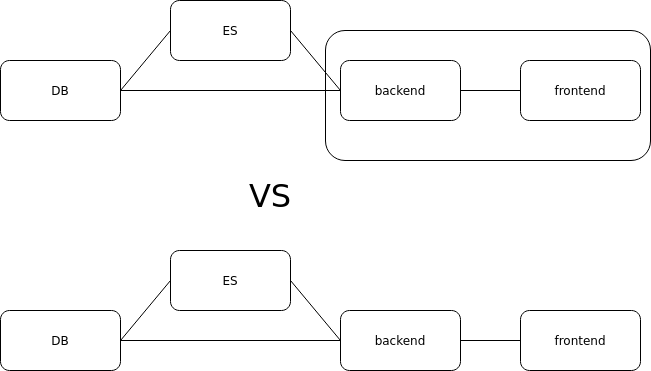


















































































.png?#)

























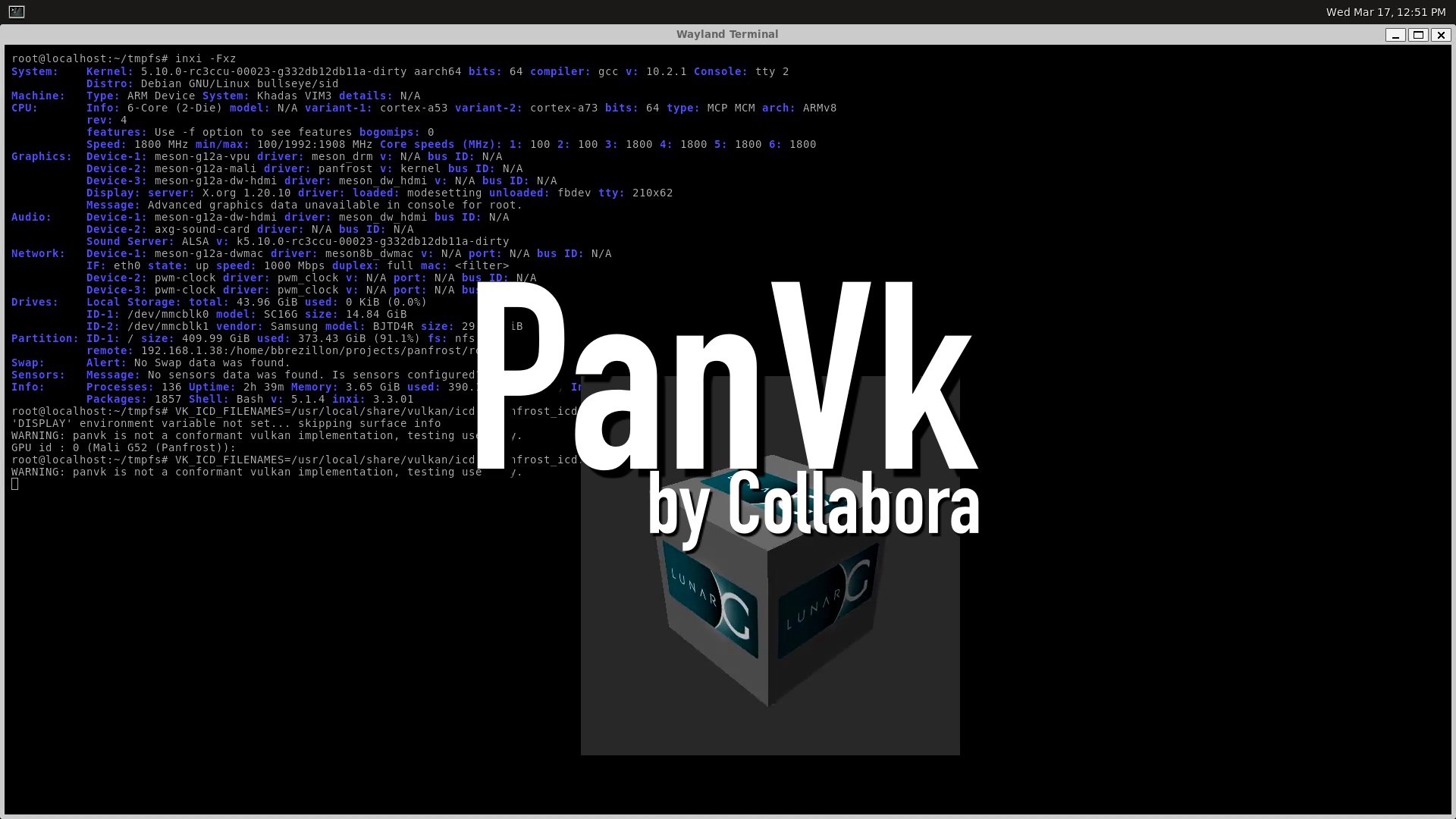






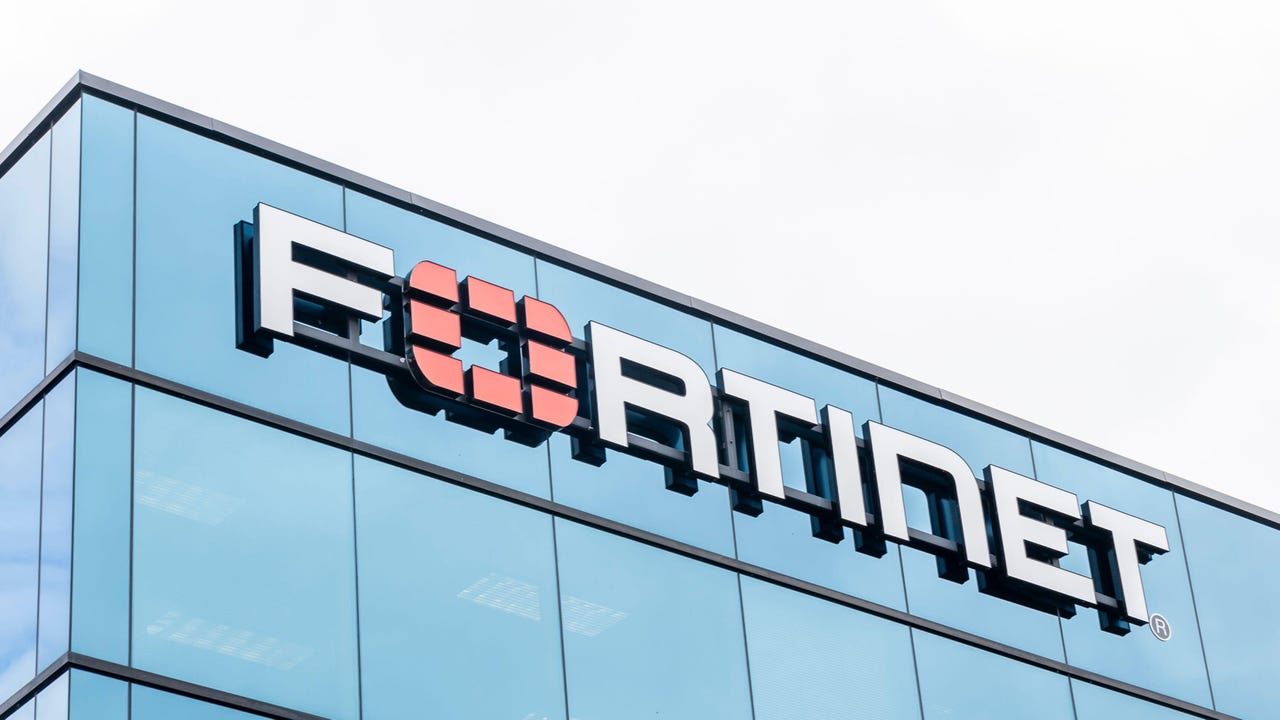



.webp?#)
.webp?#)















































































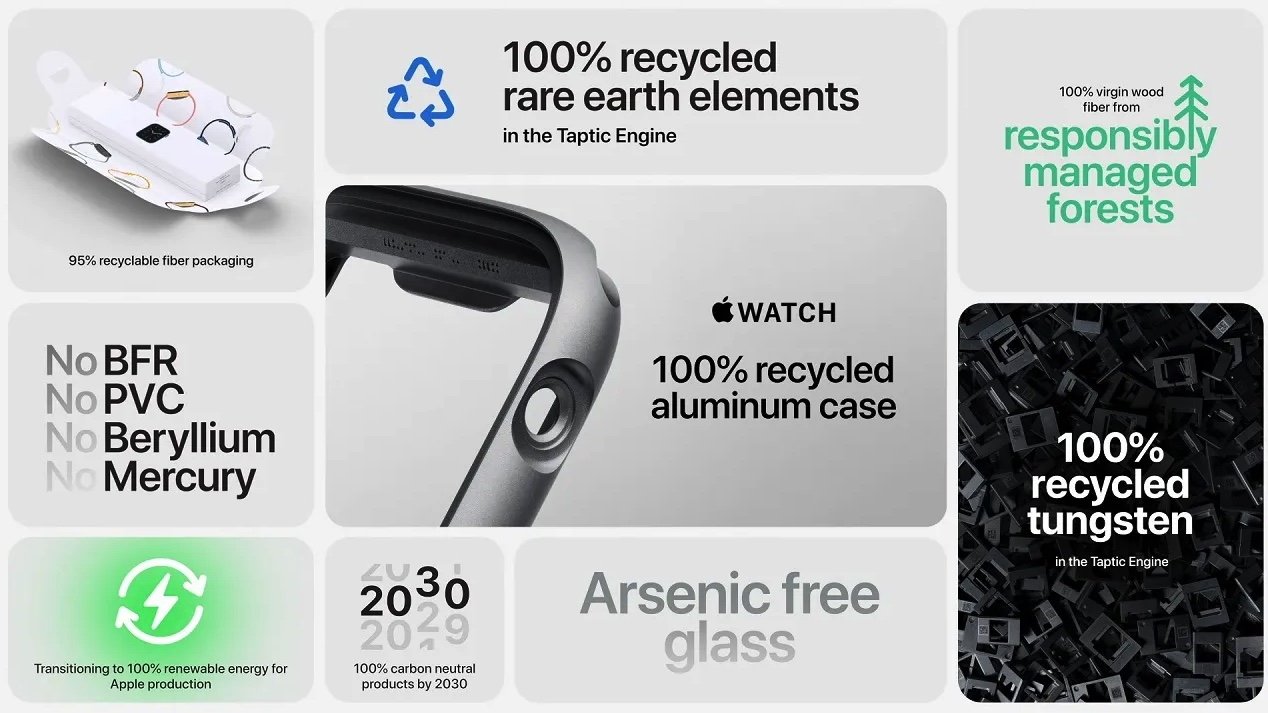












![Gemini will come to Wear OS as an app update [APK Insight]](https://i0.wp.com/9to5google.com/wp-content/uploads/sites/4/2023/01/Google-Assistant-Wear-OS-Play-Store.jpg?resize=1200%2C628&quality=82&strip=all&ssl=1)

![OnePlus 13T leak shows new design that’s perfectly balanced, as all things should be [Gallery]](https://i0.wp.com/9to5google.com/wp-content/uploads/sites/4/2025/04/oneplus-13t-1.jpg?resize=1200%2C628&quality=82&strip=all&ssl=1)












![Apple Seeds tvOS 18.5 Beta 2 to Developers [Download]](https://www.iclarified.com/images/news/97011/97011/97011-640.jpg)
![Apple Releases macOS Sequoia 15.5 Beta 2 to Developers [Download]](https://www.iclarified.com/images/news/97014/97014/97014-640.jpg)

![Apple Releases iOS 18.5 Beta 2 and iPadOS 18.5 Beta 2 [Download]](https://www.iclarified.com/images/news/97007/97007/97007-640.jpg)

























































































